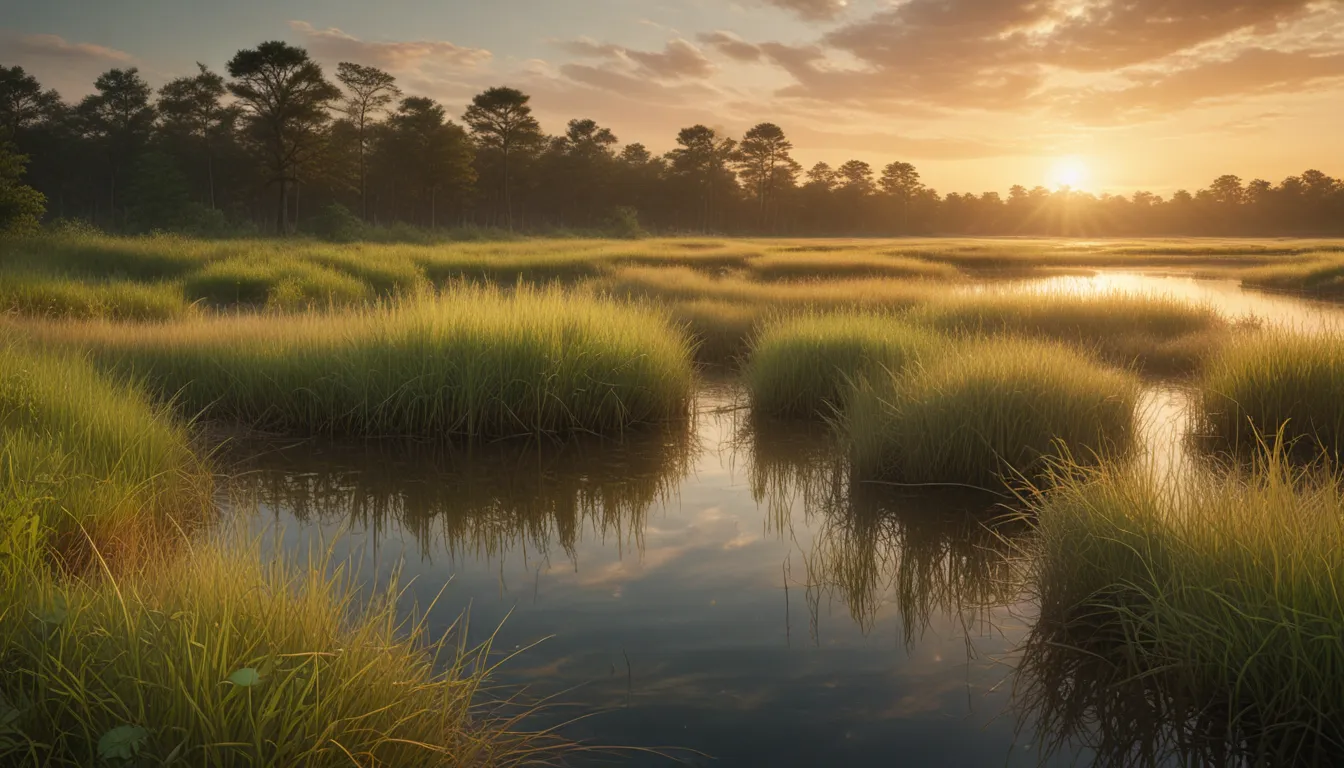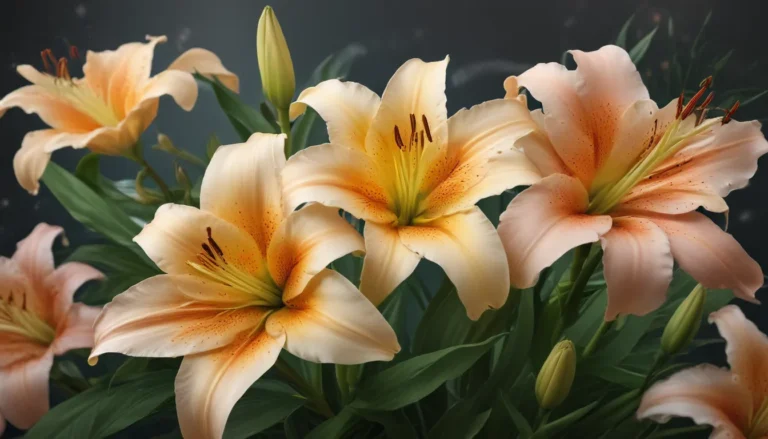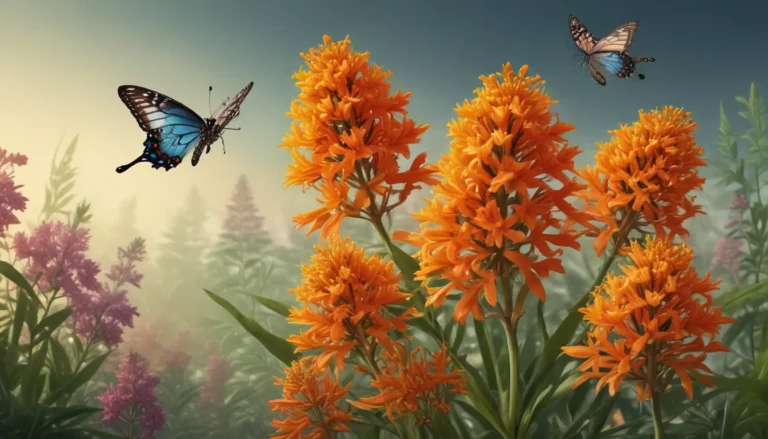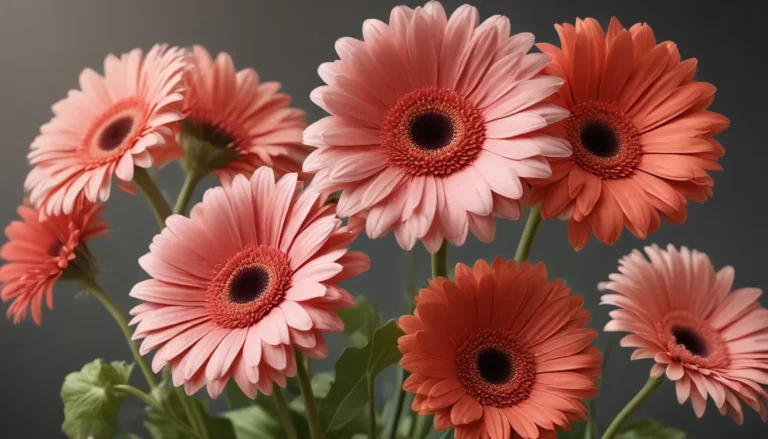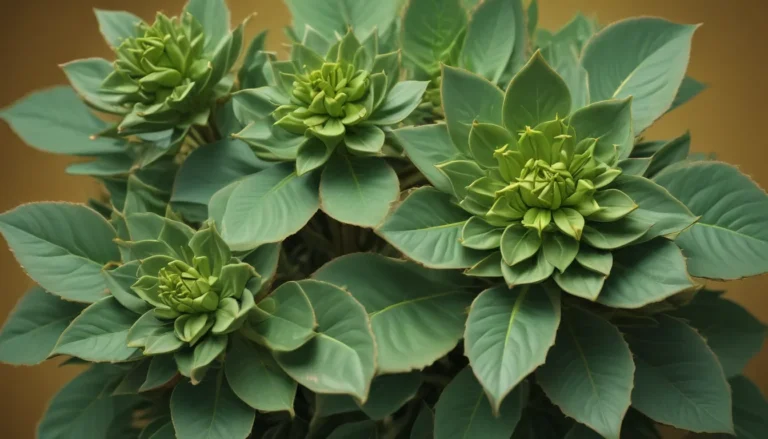The pictures we use in our articles might not show exactly what the words say. We choose these pictures to make you interested in reading more. The pictures work together with the words but don’t take their place. The words still tell you the important facts.
Are you curious about the wonders of cordgrass, also known as Spartina? This remarkable plant thrives in coastal marshes and estuaries, playing a crucial role in stabilizing shorelines and supporting diverse ecosystems. Whether you're a botany enthusiast, an ecology student, or simply fascinated by the natural world, cordgrass has a lot to offer in terms of biology, ecological importance, and environmental interactions. Join us as we explore 20 intriguing facts about cordgrass, shedding light on its resilience, adaptability, and essential role in coastal environments.
The Versatile Genus of Cordgrass
Cordgrass, commonly referred to as Spartina, belongs to the Poaceae family and includes around 20 species found worldwide. These plants are known for their resilience and adaptability, thriving in diverse habitats ranging from salt marshes to coastal areas and wetlands. Each species of cordgrass exhibits unique characteristics and contributes in its own way to the ecological balance of its environment.
The Eco-Friendly Attributes of Cordgrass
One of the standout features of cordgrass is its ability to tolerate high salinity in the soil, allowing it to flourish in coastal regions and salt marshes. This resilience makes cordgrass a key player in preventing coastal erosion by providing effective erosion control through its extensive root systems. Additionally, cordgrass serves as a vital habitat and food source for various wildlife species, supporting a rich diversity of birds, fish, and invertebrates.
The Environmental Champion: Cordgrass Purifies Water
Beyond its role in stabilizing shorelines and supporting wildlife, cordgrass also contributes to the purification of water in coastal ecosystems. Through its natural filtration and absorption capabilities, cordgrass plays a pivotal role in enhancing water quality and supporting marine life. This makes it an essential component of healthy coastal environments.
Cordgrass in Restoration and Conservation
Due to its ecological significance, cordgrass species are commonly used in ecological restoration projects aimed at rehabilitating degraded coastal and wetland environments. Moreover, cordgrass has been harnessed for soil stabilization and erosion control in landscaping and engineering projects, highlighting its value beyond its ecological benefits.
Challenges and Opportunities: Cordgrass Conservation
While cordgrass plays a vital role in many ecosystems, some species have shown invasive tendencies in non-native habitats, posing challenges for local biodiversity and ecosystem dynamics. Nevertheless, the extensive scientific research on cordgrass continues to unlock its ecological importance and potential applications in environmental management.
Cultural and Historical Significance of Cordgrass
In addition to its ecological contributions, cordgrass holds historical and cultural significance in various coastal communities where it has been used for traditional crafts, livelihoods, and cultural practices. This cultural connection further emphasizes the profound relationship between humans and coastal ecosystems.
The Resilience and Beauty of Cordgrass Landscapes
The adaptability of cordgrass to diverse environmental conditions underscores its ecological resilience, making it a resilient and essential component of coastal ecosystems. This resilience and beauty have inspired artistic and literary works, reflecting the deep-rooted connection between cordgrass, coastal landscapes, and human experiences.
Conclusion: Embracing Cordgrass for a Sustainable Future
In conclusion, cordgrass stands as a symbol of resilience and beauty in coastal landscapes, embodying the intricate interplay between nature and human existence. By understanding and harnessing the potential of cordgrass, we can contribute to a more sustainable and balanced coexistence with the natural world. Its ecological services are crucial for the overall health and sustainability of coastal ecosystems, emphasizing the importance of conservation and preservation efforts.
FAQs: Exploring Cordgrass Further
- What are the ecological benefits of cordgrass? Cordgrass plays a crucial role in stabilizing coastlines, preventing erosion, and providing habitat for various species.
- Is cordgrass suitable for landscaping in coastal areas? Yes, cordgrass is a popular choice for coastal landscaping due to its ability to thrive in saline environments and its aesthetic appeal.
Trustworthy Facts for Curious Minds
Our commitment to delivering engaging and trustworthy content remains at the core of our mission. Each fact on our site is contributed by real users like you, ensuring a wealth of diverse insights and information. Our dedicated editors meticulously review each submission to uphold the highest standards of accuracy and reliability. Trust in our commitment to quality and authenticity as you explore and learn with us.
Embark on a journey to discover the wonders of cordgrass and its essential role in coastal ecosystems. Let the resilience and beauty of cordgrass landscapes inspire you to cherish and protect the natural world around you.
